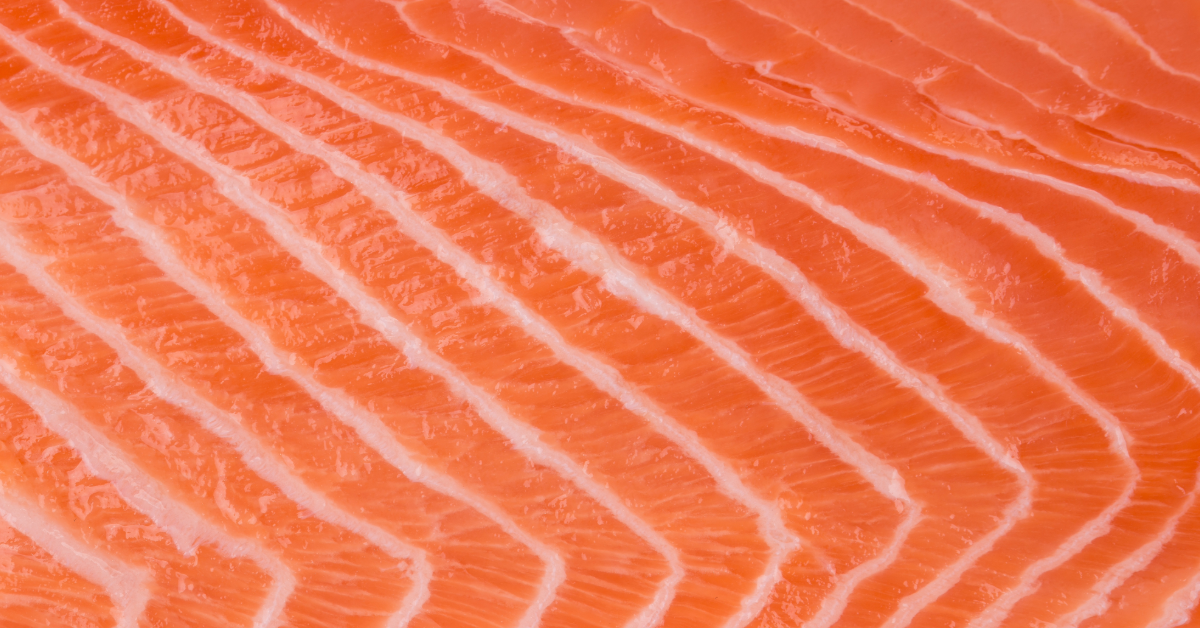The food and beverage sector represents one of the largest manufacturing industries worldwide and is estimated to be worth over $6000 billion annually, a number which is set to almost double by 2030.
The market is fiercely competitive, so innovation is key to keeping up with consumer trends as well as regulatory changes. Current key drivers of innovation include the increasingly well-recognised importance of sustainability as well as consumers’ growing desire for cleaner, healthier lifestyles. So called future food technologies, in particular, aim to address the issues of sustainability associated with food and beverages.
Trade secrets and knowhow can be important aspects of intellectual property in this industry. However, although there are famous cases of food and beverages being protected by closely guarded ‘secret recipes’, this is not always possible or feasible.
Patent protection is often the best way to ensure that an inventive product or process is protected from competitor activity. Patents are also increasingly being used in the food and beverage sector to distinguish products from those of competitors and to highlight the properties of a product for consumers. The number of patent applications in food chemistry is constantly growing. According to the World Intellectual Property Organisation (WIPO), there was an increase of 11.4% in the number of published applications between 2008 and 2018.
Our team of specialist patent attorneys and our legal team have all bases covered to help protect and capitalise on food and beverage innovations for our clients. Our patent attorneys have experience in drafting, prosecuting and advising on patents relating to all aspects of the food and beverage industry, including flavouring and sweetening compositions, oils, functional foods, future foods, and manufacturing processes.
Our patent attorneys work closely with our specialist legal team who are well placed to advise on utilising trade secrets and know-how, as well as on negotiations, contracts and litigation in this sector.












